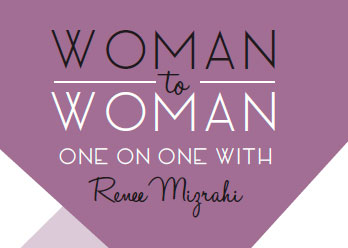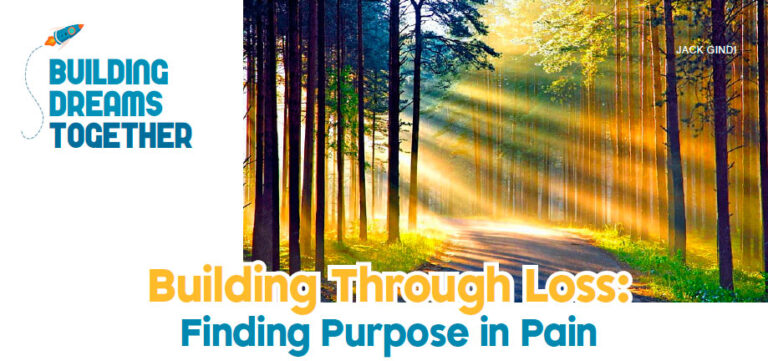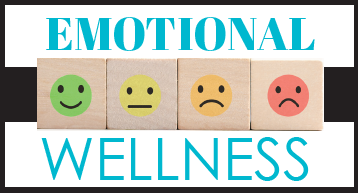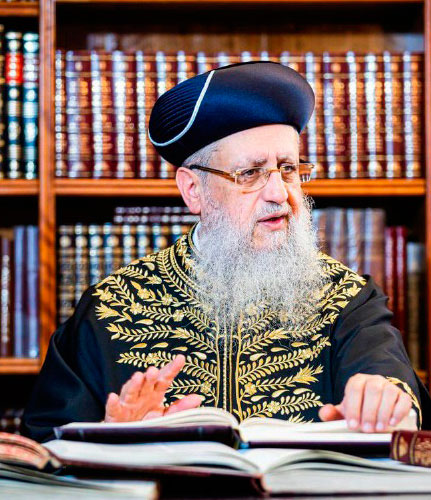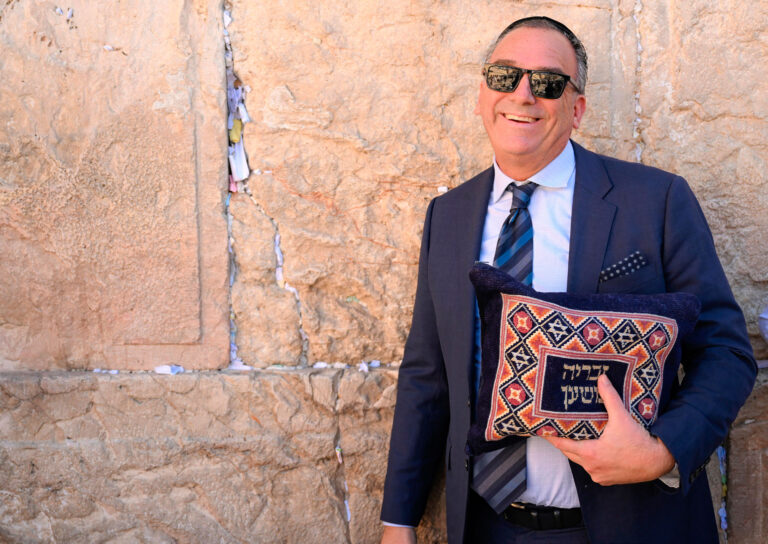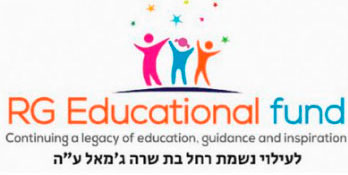Frieda Schweky
This month, I thought it would be helpful if I asked around for tips on traveling with children. Normally when I introduce a topic, I include the names of the community members who have contributed their ideas or thoughts. However, this time I got a bunch of small tips from a lot of people. So, I didn’t list everyone by name, but instead I organized all the suggestions into helpful categories. Enjoy!
You’re about to spend a ton of hard-earned cash on a trip for your family. Here are some tips to hopefully help things go smoothly.
Ziplock Bags and/or Packing Cubes
When it comes to traveling with a number of children for a longer trip, planning ahead of time and using a simple tool like zip-top bags can make all the difference. For each child, prepare appropriate-sized Ziplock bags with each outfit for each day, and label with a marker what the outfits are intended for to save time once you get to your destination.
For example, prepare a Ziplock bag labeled “Sarah: Monday, Daytime.” In your Ziplock have everything your child might need to wear that day, like a beach dress and bathing suit. Also make an additional bag for nighttime activities. I labeled mine Sarah: Monday, Night.
Pack all toiletries in zip-top bags to avoid spilling mishaps. If Ziplock bags aren’t your thing, you can get packing cubes, either plain ones or even ones that come marked with the days of the week! This is a great option because they are reusable. To be super-efficient, get each family member their own color packing cube so it’s simple to tell the difference!
Bring Cheap Toys
When traveling with young children, it is extremely important to pack quiet toys that will keep them busy on a long flight. Head to a dollar store and pick up a few things you think might hold their attention.
You may be thinking, “I already have great toys.” That’s exactly the point. Leave your great toys at home. The things that you bring with you on your trip should be things you’d be comfortable with losing. Also, since the toys are new to the child they will most likely keep them busy longer.
You have enough to worry about with your kids. You don’t need to be babysitting toys.
Some ideas for travel toys are drawing tablets, the kind that cost $5 on Amazon, or about $8 for a two-pack. Their sole purpose is to doodle and erase. They’re zero mess. Just make sure to get one that has a tether so the pen can’t get lost! Playdough with a couple of molds can keep a kiddo busy for a while. Also, don’t forget to pack headphones!
Bring Medication
Tylenol or Motrin is important to bring with you on a flight/trip with young children. You never know whose ears will be sensitive to air pressure changes. FeverAll contains Acetaminophen, the same kind of pain reliever and fever reducer as in Tylenol, but it comes in suppository form. So this could be another option for babies who refuse liquid medicine, especially when you’re not looking for a fight on a plane. They are safe for babies and toddlers. Suppositories really come in handy as they are dry and small, ideal for carry-on purposes, and they work faster than liquid. These are also key to avoiding a red sticky mess. FeverAll is sold over-the-counter and can be found in most pharmacies next to the children’s pain relievers. In general, FeverAll is a great option for young children who are disgusted by the taste of medicine.
What to Pack in Your Carry-On
When traveling with a child under the age of one, it’s safest to pack changes of clothing in your carry-on. You should pack a couple of outfits for your child and one for yourself in case an accident happens on you as well.
Pack double the amount of diapers in your carry-on that you think you need for the flight. You never know if your flight will be delayed or how long it will take to check in and your carry-on may be your only baggage for a while. When it comes to baby wipes, pack one package in your carry-on and one in your checked baggage. Any additional wipes you need should be purchased at your destination. Wipes can add extra weight your luggage may not be able to afford.
Even if all of your children have aged out of diapers, pack a few wet wipes in a Ziplock bag to bring on a flight to clean hands and faces.
Snacks, Spill-Proof Cups, and FOOD Are a Must
A variety of healthy snacks should be packed in your carry-on for your children. Try to start off with savory options like pretzels, chips, fruits, and veggies. Only break out the sweets in case of behavioral emergencies or towards the end of the flight. No one wants a hyperactive child on a crowded flight. However, it’s good to know that lollipops can help with popping ears with cabin pressure changes, so you may want to pack a few. If your kids are old enough, gum can help with popping ears, too.
Something cool you can find on Amazon or at Target is mini-tackle boxes you can use for snacks. This was a social media trend that exploded because of its simple brilliance. It’s a flat container with multiple compartments so you can pack a good variety of snacks that will also help kids stay busy and satisfied on long flights. Best part: hand it over to your kids once and you’re done! They won’t have to bother you for snacks every few minutes.
Additionally, for children four and under, an empty spill-proof cup should be packed. When the flight attendant hands out beverages, you can pour whatever juice of choice into a spill proof cup and not have to think about it or assist the child further.
Also, I’m sure everyone knows this by now but just in case – BRING FOOD. Lots of real food. Travel days are stressful enough. Don’t add finding kosher food on the go to the list of things to stress about. Sandwiches, extra pita, butter noodles, mini pizzas, deli, cut veggies, hard boiled eggs, and all the portable food you can think of. More is more – you never know if a flight will be delayed. Be prepared!
Pack Blankets
Another must-pack item for your carry-on is a small blanket for each child – something comfortable enough to help the child sleep. A sleeping child is the most ideal when on a flight. Don’t forget pacifiers for babies who need them! Even taking the extra step of ordering child-size eye masks (the comfortable kind that have an indentation where the eyes go) can really save you from the unpredictable lights turning on. Pack one for yourself as well, why not! If the kids are busy enough with all this good stuff you’re packing they may let you snooze!
Additionally, a small stuffed animal can be brought to act as a pillow. Again, nothing sentimental that you wouldn’t want lost or ruined.
iPad or Portable DVD Player
For long flights or for children whose attention aren’t held by toys, bringing some portable electronic entertainment is a must. Make sure to charge devices in advance, pack chargers in your carry-on, and again, pack headphones! Bring headphones with wires so you can plug them into the monitor on the plane if it has one. They usually do! But in case they don’t, you’ll have the DVD player or tablet!
Additionally, you may not have Wi-Fi on the flight, so prepare in advance. Download age-appropriate games and some streaming apps like Netflix that have off-line options. Make sure to have that set up ahead of time for quick and easy on-board streaming.
Make a Spreadsheet
When packing for a whole family for a trip, especially if there are a number of children and especially when you have different events to pack for, it’s so important to stay organized. Google Sheets is completely free, and you can make yourself a detailed spreadsheet. Include the different days and events, what each adult or child needs, by name, and check it off first once you buy the
items in one column and check it off again in a different column once it’s packed. Example: Sunday, beach party, Sarah, bathing suit, dress, fancy sandals, bow.
Guys, this was so fun and actually helpful (to me) so I really hope it’s helpful for you too! A personal tip from me to you is to be sure to make LISTS – the portable kind. Write on your phone whenever you think of a small detail that you think you may forget. Don’t leave it to chance. Write it down and check that list when you’re packing! Don’t check it off until it is packed! Examples of things you could easily forget to pack: Siddur, puddle jumpers, brushes, your favorite hair conditioner… This list is going to be different for everyone! I wish you best of luck in your travels – safe, fun, and successful!
Frieda Schweky
Frieda is an event and portrait photographer. Check Frieda out on Instagram @friedaschwekyphoto For photography inquiries or article topic suggestions email her friedaschweky@gmail.com.




